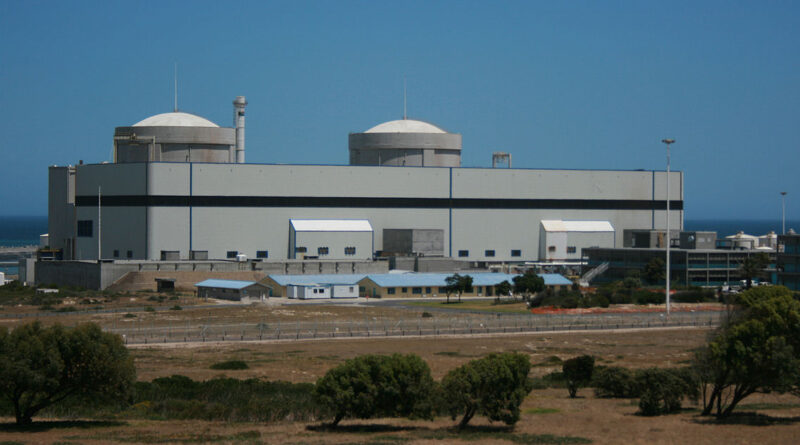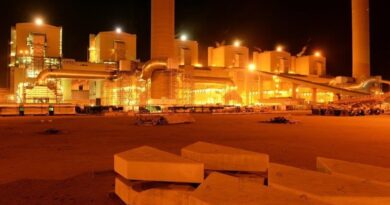Deteriorating Eskom extends load shedding
Eskom informs the public that the implementation of Stage 2 loadshedding will continue until 05:00 on Wednesday as the generation capacity is still severely constrained. Over the past two days, Eskom teams successfully returned a generation unit each at the Matimba and Medupi power station. However, during the weekend we have suffered further breakdowns at five power stations, putting further strain on the generation capacity.
Additional breakdowns have occurred at the Tutuka, Majuba, Kusile, Matimba and Duvha, adding to previous breakdowns at the Kriel and Kendal power stations. Further to this we have had delays in units returning to service at Hendrina, Duvha and restoring full load on the Cahora Bassa line.
Eskom currently has 6 545MW on planned maintenance, while another 12 915MW of capacity is unavailable due to breakdowns and delays. This has led to its inability to supply the demand.
Eskom continues to implement reliability maintenance during this period, and as such the system will continue to be constrained, with the possibility of loadshedding remaining elevated.
“While there is an improvement on some of aspects of the generation plant due to concerted efforts by Eskom employees, we are not where we want to be in terms of performance. The ultimate aim is to improve performance to reduce the risk of loadshedding. The enormity of this task cannot be overstated,” remarked Eskom Group Chief Executive, André de Ruyter.
Owing to the 9-Point Plan, which places correcting new build defects top of the list, the availability and reliability of the synchronised units at Medupi are showing steady improvement. Major defects at Ingula Pumped Storage Scheme have been addressed, resulting in each of the four units performing at the full capacity of 331MW since February 2021, from a maximum 245MW previously.
Coal stock levels continue to improve, with average coal stock at 52 days by the end of February, excluding Medupi and Kusile. There is no power station below the Grid Code minimum requirement of 20 days.
The resilience of the power system during heavy rains and the cyclone storm Eloise is a clear indication that the significant investment in the wet coal management strategy is paying dividends.
While there also has been significant progress in the reduction of emissions across the Generation fleet, the new minimum emissions standards now in effect, mean there is a lot work still to be done to fully meet compliance levels. This is because some of the electrostatic precipitators on the older facilities are incapable of meeting the new minimum emissions standards.
The Build Programme is progressing well, with Kusile Unit 2 having successfully achieved commercial operation on 29 October 2020, adding 720MW to the national grid. Kusile Unit 3 and Medupi Unit 1 are on track to achieve commercial operation during the next few weeks and months.
The addition of Medupi 1 to the grid will bring the number of units in commercial operation at the power station to six, signalling the completion of the construction project.
The Koeberg Nuclear Power Station continues to operate efficiently and within the required safety parameters, and at the lowest primary energy cost of baseload stations. While Unit 1 is currently on a refuelling and maintenance outage, Unit 2 is safely generating electricity to the grid.
Transmission network performance has seen a marked improvement, however ongoing theft and vandalism of infrastructure continues to impact operations, greatly increasing the risk of power supply interruptions to customers.
Distribution is also prone to criminal activities and to mitigate this Eskom is embarking on several security enhancement projects and is also working closely with the law enforcement agencies. Network overloading remains an area of great concern. To protect electricity infrastructure in certain high-density areas associated with high illegal connections, Eskom continues to implement load reduction during peak times.
Eskom Chief Operating Officer, Jan Oberholzer, said: “The unreliability of the ageing fleet, with an uncertainty of about 6 000MW of capacity at any given time, will remain until the reliability maintenance programme is able to address the historical maintenance backlog. The power system remains vulnerable and volatile with the risk of loadshedding significantly reduced after the completion of the reliability maintenance by September 2021.”
“Recovering the operational performance is our top priority and we will not compromise on reliability maintenance and mid-life refurbishment,” concluded Oberholzer.




